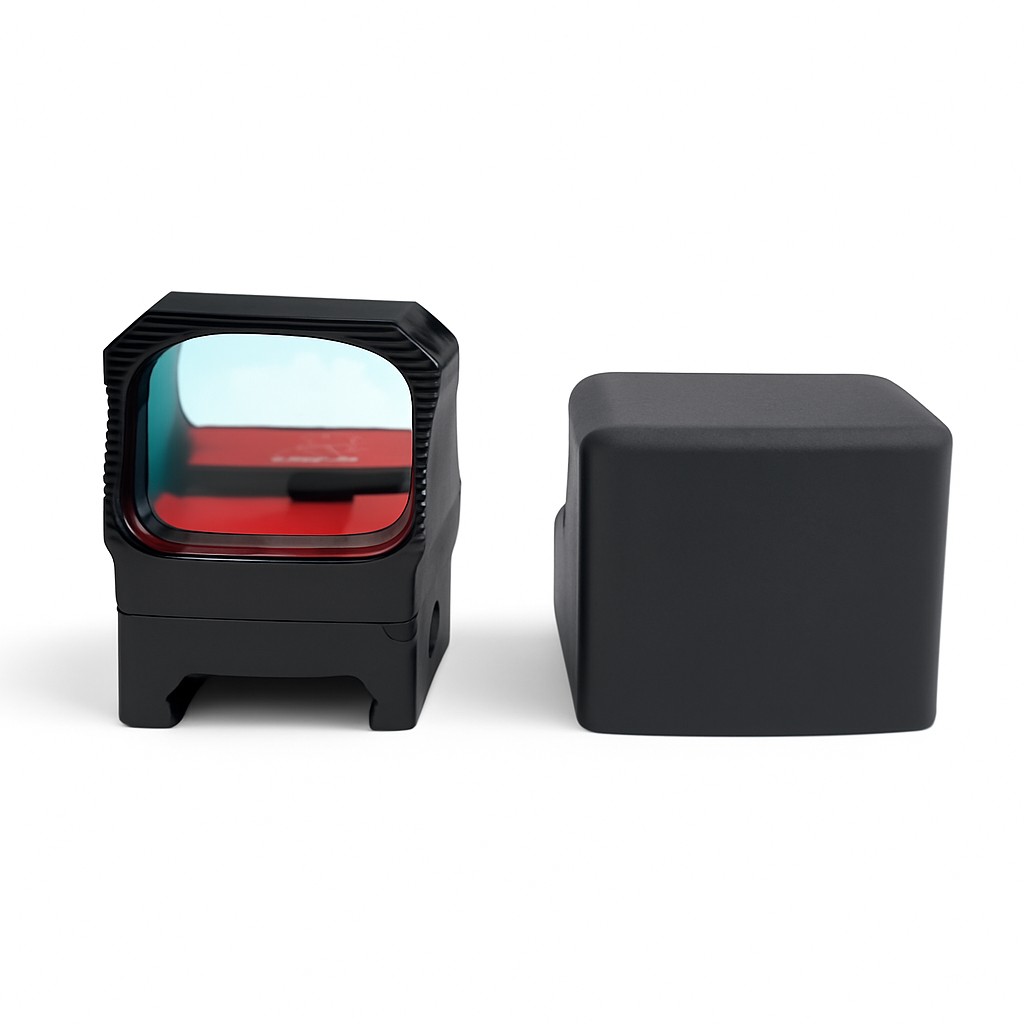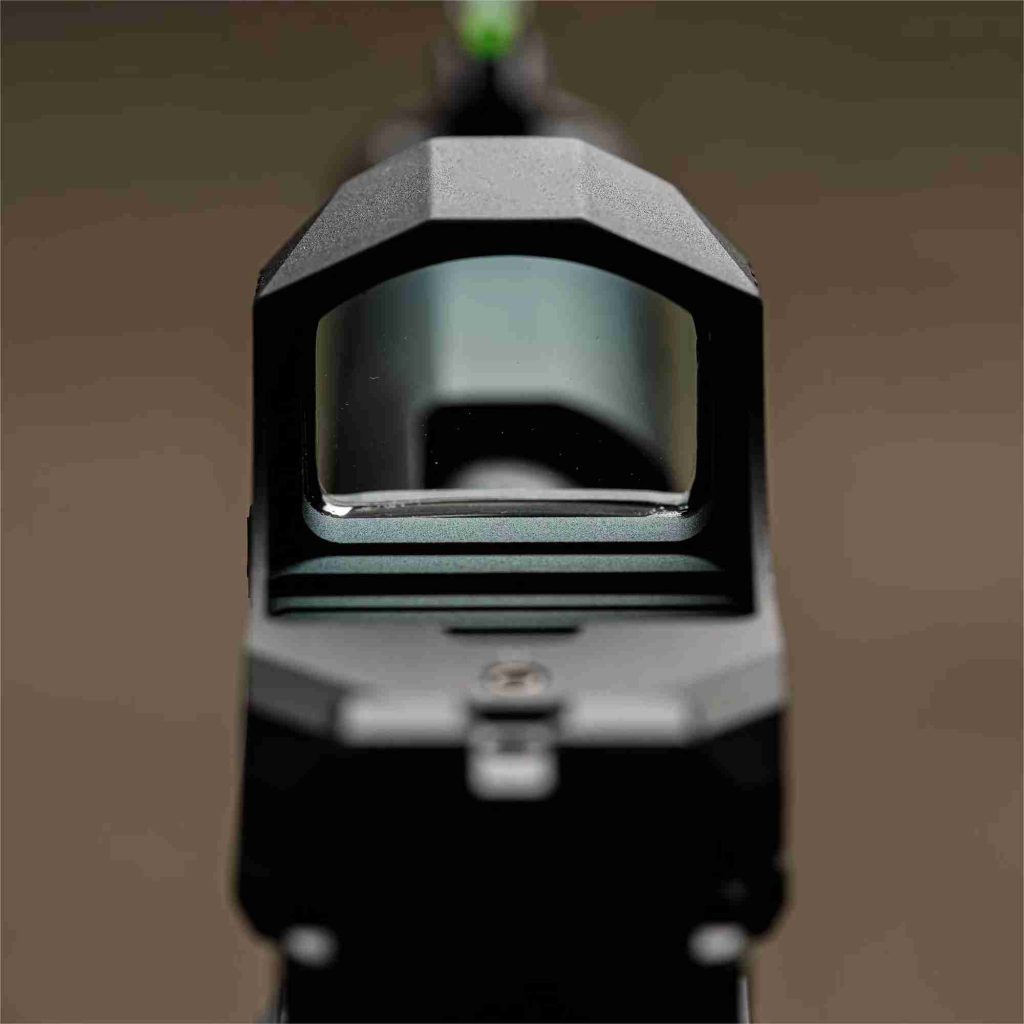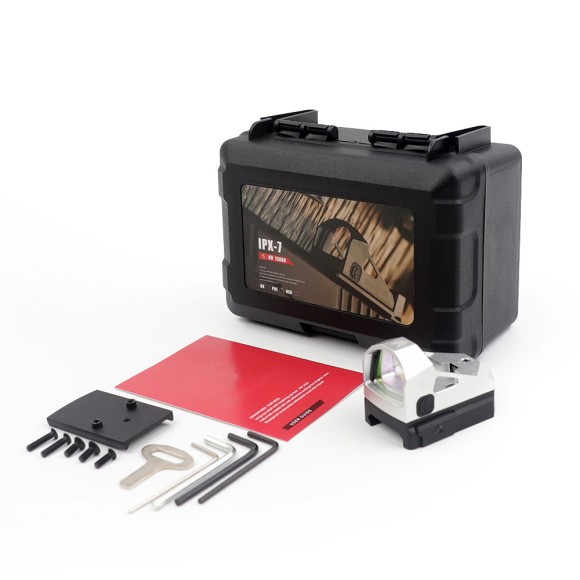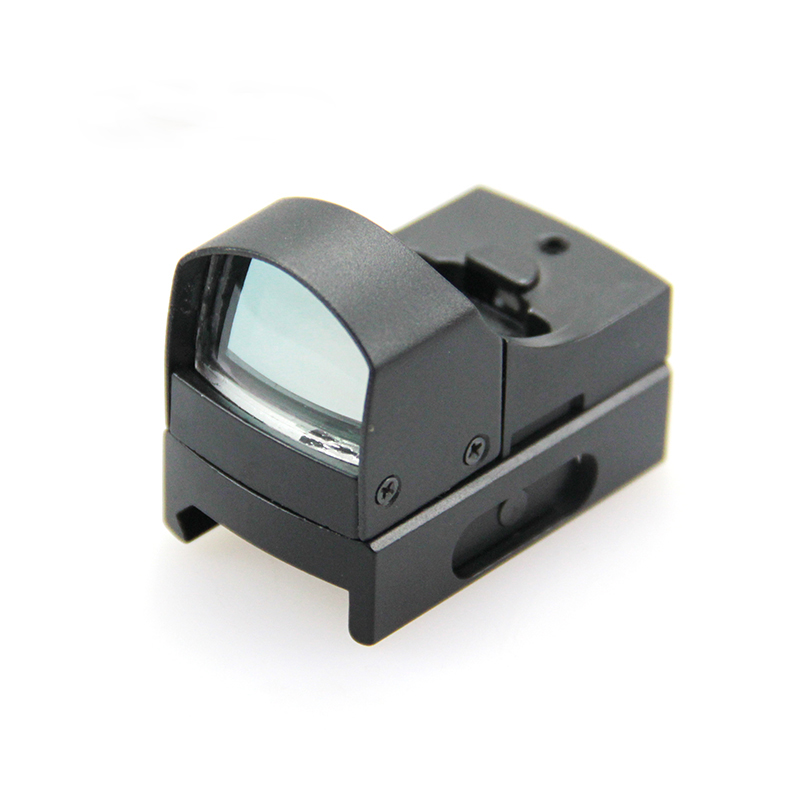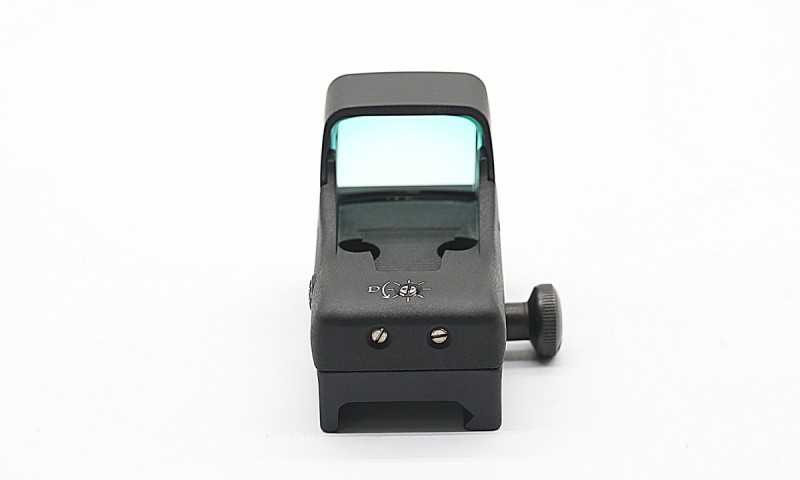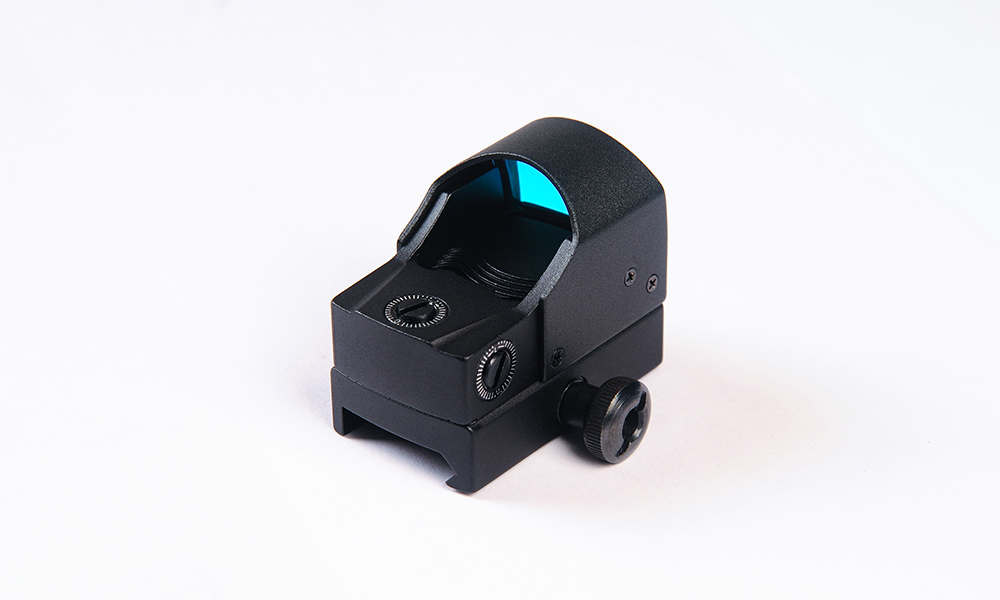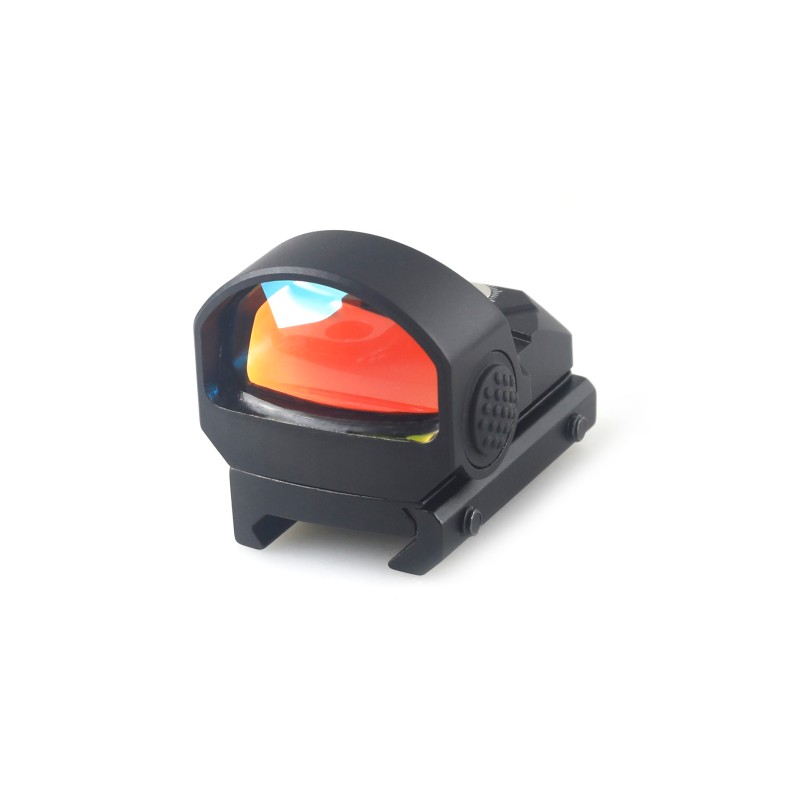Are you constantly looking for ways to shave precious milliseconds off your shooting time? In the demanding worlds of tactical defense, competitive shooting, and high-stakes hunting, speed isn’t just a competitive edge—it can be the difference between success and failure. The rise of the large window red dot sight has been one of the biggest advancements in modern rifle optics. But does this design innovation truly translate into faster target acquisition speed?
At FORESEENOPTICS, we believe the answer is a resounding yes. Based on our extensive experience designing precision optics, the science and real-world performance confirm the benefits. This article dives deep into the mechanics of why a large window red dot is the upgrade your rifle needs for unparalleled speed.
Why the Large Window Red Dot is Inherently Faster
The increased speed provided by a large window is not a marketing gimmick; it’s a direct consequence of improved optical engineering and human physiology. Here are the core reasons why these sights fundamentally change how quickly you can engage a target:
- Wider Field of View Reduces Alignment Time
A traditional, small tube-style red dot sight can feel restrictive, especially when shouldering the rifle quickly. If your cheek weld or head position is slightly off, you see a black ring instead of the bright dot.
A large window red dot sight, like the reflex models found at FORESEENOPTICS, drastically increases your field of view (FOV). This expansive view translates to more “forgiveness.” When you bring the rifle up, the dot is visible sooner and within a wider angle, requiring less precious time spent micro-adjusting your head or shoulder.
- Easier Both-Eyes-Open Shooting
The human eye is designed for peripheral awareness. When using a small aperture, the brain can struggle to reconcile the restricted view through the sight with the open view of the non-dominant eye.
Large Window Advantage: The minimal housing profile of a large window red dot provides a nearly unobstructed sight picture, facilitating the Bindon Aiming Concept. This allows your brain to seamlessly overlay the red reticle onto the wide, natural view of your non-dominant eye, drastically improving situational awareness and reducing the cognitive step required for merging the two images.
- Reduced Cognitive Load Improves Reaction Time
Every shooter knows the momentary delay between seeing the target and initiating the shot. This is your brain processing the visual input.
| Sight Type | Visual Focus Required | Time Saved (Mechanism) |
| Small Tube Red Dot | High (Aligning the dot within the tube) | Mental gymnastics to “find the dot.” |
| Large Window Red Dot | Low (Focus remains on the target) | The dot instantly appears on the target, reducing “search” time. |
By eliminating the need to “search” for the dot within the housing, a large window red dot sight for rifle applications frees up cognitive bandwidth, leading to a faster, more instinctive shot.
- Faster Reacquisition After Recoil
For follow-up shots, reacquiring the target is crucial. The larger window allows the shooter to track the sight picture more easily during the recoil impulse. When the muzzle returns to the point of aim, the reticle is less likely to have “jumped” out of the sight picture, ensuring the shooter can immediately confirm and fire the next round.
- Better Adaptability in Low Light and Movement
In dynamic environments, especially during low-light conditions, the larger surface area of the objective lens gathers more available ambient light, contributing to a brighter sight picture. More importantly, when moving, the sheer size of the glass surface helps maintain the visual connection to the target without the distraction of a restrictive housing.
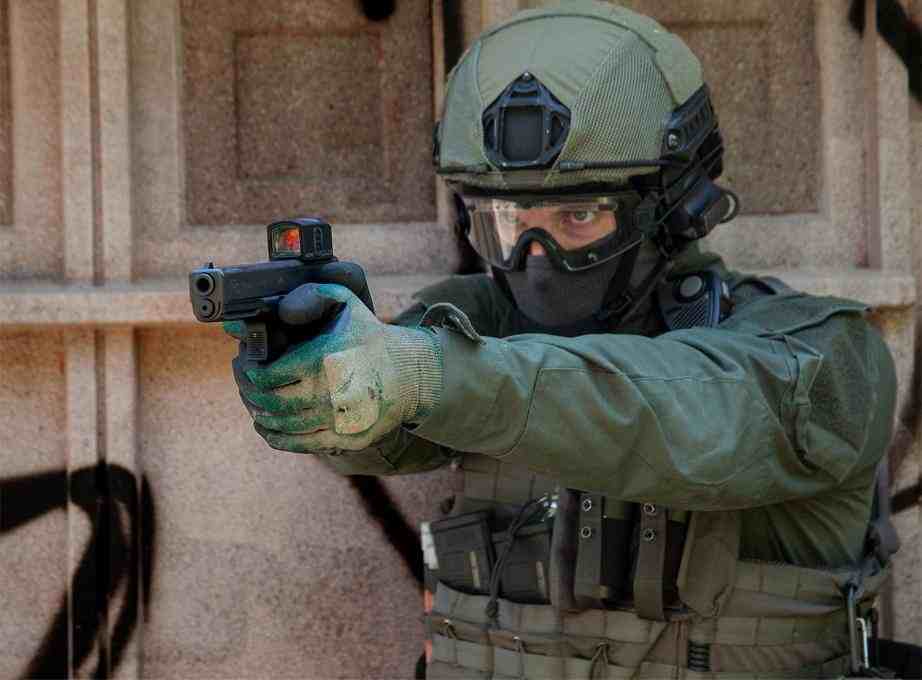
3 Real-World Applications Analysis
The speed advantage of a large window red dot isn’t theoretical; it’s proven across diverse shooting disciplines.
CQB/Home Defense
In close-quarters combat (CQB) or home defense, milliseconds matter. The threat is dynamic and immediate. A large window red dot sight for rifle applications allows the operator to maintain 100% peripheral vision and situational awareness while instantly aligning the dot on a threat during quick transitions or non-standard shooting positions (e.g., shooting around cover). This is where the forgiveness of the large window truly shines.
3-Gun/PCC Competition
Competitive shooters demand pure speed. In events like 3-Gun or Pistol Caliber Carbine (PCC) matches, competitors must engage multiple targets, often while moving. The ability to quickly transition between targets without head movement being penalized by a small sight picture is a massive time saver. A wide, open sight maximizes the speed potential of the rifle platform.
Hunting
While hunting often requires precision, snap-shooting at close range on fast-moving game (such as hogs or predators) is common. The ability to mount the rifle and instantly locate the red dot, rather than fumbling for a sight picture, ensures an ethical and swift shot opportunity is not missed.
In each case, the wider field of view and enhanced reticle visibility help shooters react more naturally and confidently — no matter the environment.
Are There Other Factors Affecting Speed?
Yes — it’s not just the window.
A large viewing window certainly helps shooters find the dot or sights faster, but it’s only one piece of the puzzle. In real shooting scenarios, target acquisition speed is influenced by a combination of optical performance, setup, shooter skill, environmental conditions, and even human physiology. Understanding these factors helps shooters choose the right equipment and improve their performance.
Let’s look at how each factor affects speed.
1. Optic Design and Quality
The internal engineering of the sight is paramount, regardless of the window size.
Parallax-Free Performance: True speed requires consistent accuracy. If the red dot shifts relative to the target when the shooter’s head moves (parallax error), the shooter wastes time confirming the sight picture. High-quality reflex sights (like those at Forseenoptics) are engineered to be virtually parallax-free at typical engagement distances, ensuring instant alignment.
Reticle Clarity and Brightness: The reticle (dot) must be sharp and bright enough for rapid indexing against any background. Advanced lens coatings reduce glare and ensure maximum light transmission, providing a crisp dot that the eye can pick up instantly.
Battery and Durability: A dead or damaged sight has zero speed. Features like motion-activated wake-up or exceptionally long battery life (found in many of our tube red dot sights) ensure the optic is ready the moment the rifle is shouldered.
2. Setup and Mounting (The Hardware Interface)
How the optic is affixed to the rifle significantly impacts speed.
Mount Height (Co-witness): This is perhaps the most critical setup factor.
Absolute Co-witness: The dot aligns perfectly with iron sights. Can be slower as it forces the eye to align lower.
Lower 1/3 Co-witness: The dot sits higher above the iron sights. This encourages a more heads-up shooting stance, which is faster and more ergonomic, directly complementing the speed advantage of a large window red dot.
Mount Rigidity: Any wobble or flex in the mount results in an inconsistent zero, forcing the shooter to hesitate and confirm the point of aim. A rigid, high-quality mount ensures the sight stays where it should, supporting instant speed.
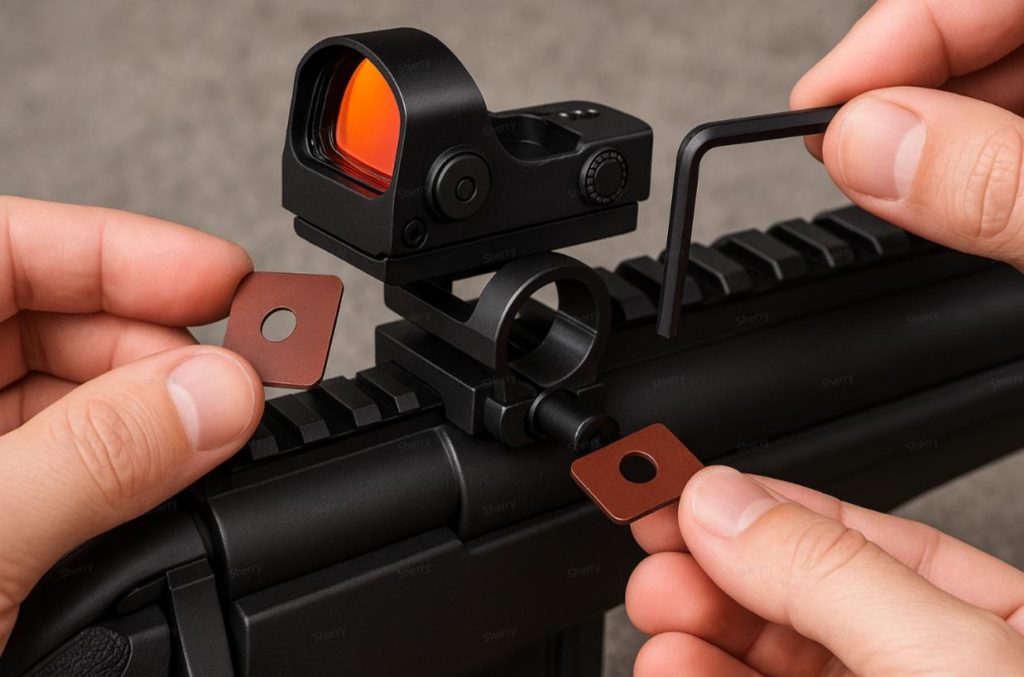
3. Shooter Skill and Training
The fastest optic in the world can’t compensate for poor fundamentals.
Muscle Memory: Consistent, repetitive dry-fire and live-fire practice builds the muscle memory necessary for the rifle to naturally point where the shooter is looking. This minimizes the time spent searching for the dot upon presentation.
Focus Management: The skill of maintaining focus on the target while letting the dot appear on top of it (Target Focus) is essential for maximizing speed with any red dot sight.
4. Environment and Illumination
External conditions demand adaptability from both the shooter and the optic.
Illumination Settings: The shooter must rapidly adjust the reticle brightness to match ambient light. A dot set too bright blooms (becomes fuzzy) and slows acquisition; a dot too dim is invisible. High-quality optics offer precise adjustments for day, night vision, and transitional light.
Target Contrast: The speed of target acquisition is inversely related to target contrast. Against a busy, low-contrast background, even a large window sight requires a higher-quality, cleaner dot to stand out quickly.
5. Human Factors and Ergonomics
Ultimately, the shooter is the limiting factor.
Visual Acuity: The shooter’s visual capabilities, including astigmatism (which can blur the dot) and depth perception, directly influence how quickly the reticle is perceived.
Stress Management: Under pressure (like in competition or tactical situations), fine motor skills and cognitive processing slow down. The inherent forgiveness and instinctive visual feel of a large window red dot help mitigate the impact of stress on speed, making the sight picture simpler and less prone to error.
Final Words
So, does a large window red dot sight really improve your target acquisition speed?
Absolutely — but with context.
A large window red dot sight for rifles gives you a clearer, wider, and more forgiving view that helps you find and engage targets faster than traditional small-window optics.
However, its true performance comes when combined with high-quality optics, proper setup, and consistent shooter training.
At FORESEENOPTICS, our mission is to deliver red dot sights that enhance real-world performance — whether it’s the Reflex Red Dot Series for rapid CQB response or the Tube Red Dot Series for precision and durability in competition.
Explore our full range of Red Dot Sights and experience the balance of speed, clarity, and reliability that defines FORESEENOPTICS.

